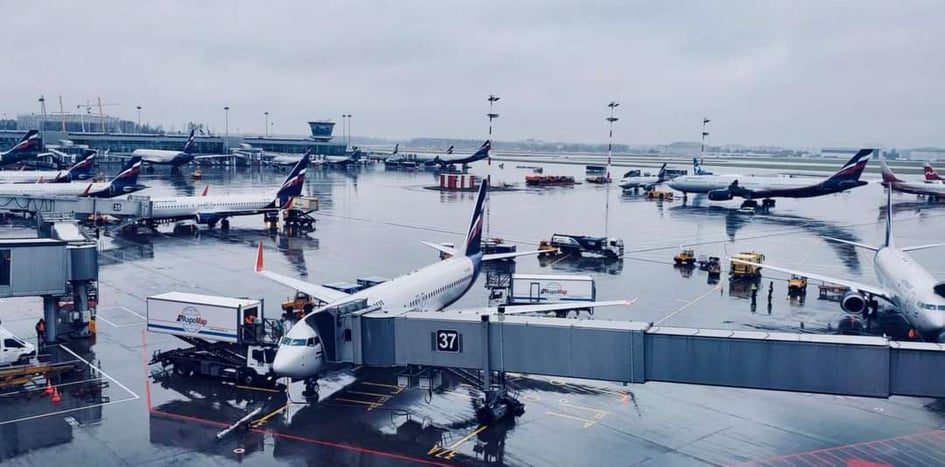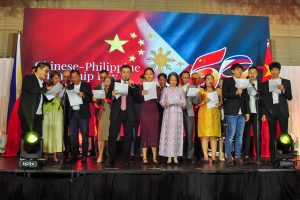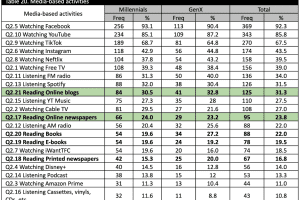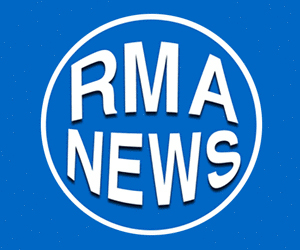President Rodrigo Roa Duterte approved the recommendation of the Inter-Agency Task Force (IATF) to lift the current travel restrictions in India, Pakistan, Bangladesh, Sri Lanka, Nepal, United Arab Emirates, Oman, Thailand, Malaysia and Indonesia starting September 6, 2021.
International travelers coming from the abovementioned countries shall, however, comply with the appropriate entry, testing and quarantine protocols, depending on the country’s approved “listing.”
Having said this, the IATF approved the adoption of “Yellow” and “Red” classifications, in addition to the “Green List” countries/jurisdictions/territories.
This is based on their respective incidence rates and case counts as primary criteria, and testing data as secondary criteria. The incidence rate is the cumulative new cases over the past 28 days per 100,000 population while case counts are cumulative new cases over the past 28 days.
The IATF classified “Yellow List” countries/jurisdictions/ territories as “Moderate Risk” based on the following metrics: (i) for populations greater than 100,000, the incidence rate shall be 50 to 500; and (ii) for populations less than 100,000, the COVID-19 case counts shall be 50 to 500; and testing rate of tests over the past 28 days per 100,000 population.
Inbound international travelers, regardless of their vaccination status, coming from or with travel history within the last 14 days prior to their arrival in the Philippines from “Yellow List” countries/jurisdictions/territories shall be governed by entry, testing and quarantine protocols.
First, they shall undergo 14-day quarantine upon arrival. They have to complete the first 10 days in a quarantine facility while the remaining 4 days must be spent under home quarantine in their respective local government units of destination.
Second, they shall undergo RT-PCR testing on the 7th day, with their day of arrival serving as Day 1. Notwithstanding a negative test result, they have to complete their facility quarantine for 10 days.
Third, the Bureau of Quarantine shall ensure strict symptom monitoring while in the facility quarantine for 10 days.
Fourth, the foregoing shall be subject to special protocols approved by the IATF or the Office of the President for certain classes of travelers or ports of origin.
On the other hand, the IATF classified “Red List” countries/jurisdictions/territories as “High Risk” based on the following metrics: (i) for populations greater than 100,000 the incidence rate shall be more than 500; and (ii) for populations less than 100,000, the COVID-19 case counts shall be more than 500, and testing rate of tests over the past 28 days per 100,000 population.
Inbound international travelers, regardless of their vaccination status, coming from or who have been to “Red List” countries/jurisdictions/territories shall not be allowed to enter the Philippines. Only Filipinos returning to the country via government-initiated repatriation, non-government-initiated repatriation, and Bayanihan flights may be allowed entry, subject to entry, testing and quarantine protocols.
First, they shall undergo 14-day quarantine upon arrival. They have to complete the first 10 days in a quarantine facility while the remaining 4 days must be spent under home quarantine in their respective local government units of destination.
Second, they shall undergo RT-PCR testing on the 7th day, with their day of arrival serving as Day 1. Notwithstanding a negative test result, they have to complete their facility quarantine for 10 days.
Third, the Bureau of Quarantine shall ensure strict symptom monitoring while in the facility quarantine for 10 days.
Fourth, the foregoing shall be subject to special protocols approved by the IATF or the Office of the President for certain classes of travelers or ports of origin.
Fifth, all passengers, whether Filipinos or foreigners, merely transiting through a “Red List” country/jurisdiction/ territory shall not be deemed as having come from or having been to said country/jurisdiction/territory if they stayed in the airport the whole time and were not cleared for entry by its immigration authorities.
Sixth, upon arrival in the Philippines, passengers merely transiting though a “Red List” country/jurisdiction/territory shall be covered with existing testing and quarantine protocols.
The IATF likewise approved the September 6, 2021 soft launch of the VaxCertPH. Overseas Filipino workers and Filipinos who will be departing from the Philippines for international travel with place of residence indicating Metro Manila and Baguio City will be prioritized in the initial phase of the implementation of the VaxCertPH. It will later be opened to the general public and for other purposes at a later time.
Meanwhile, the IATF, subject to the considerations of the Food and Drug Administration, approved the recommendation for sponsors/trialists to shift their focus towards people of different age groups and people with comorbidities, or the immunocompromised, to be more inclusive in addressing the COVID-19 pandemic.
Also approved are the recommendation to prioritize Phase 3 clinical trials that will enroll volunteers in pediatric age groups (6 months-12 years old), elderly (more than 60 years old), pregnant mothers, patients with immunodeficiency, patients with autoimmune diseases, patients with renal diseases and patients with chronic respiratory diseases; and the recommendation to consider the application for the conduct of new clinical trials in the general health populations if vaccines address the impact of new variants, such as the vaccine is a third dose of a vaccine with Emergency Use Authorization (EUA) in the country, or second generation COVID-19 vaccines under EUA. (NTF Covid 19)












